Groundbreaking soft sensors enable robots to both see and feel, paving the way for robots that can autonomously interact with and understand their environment.
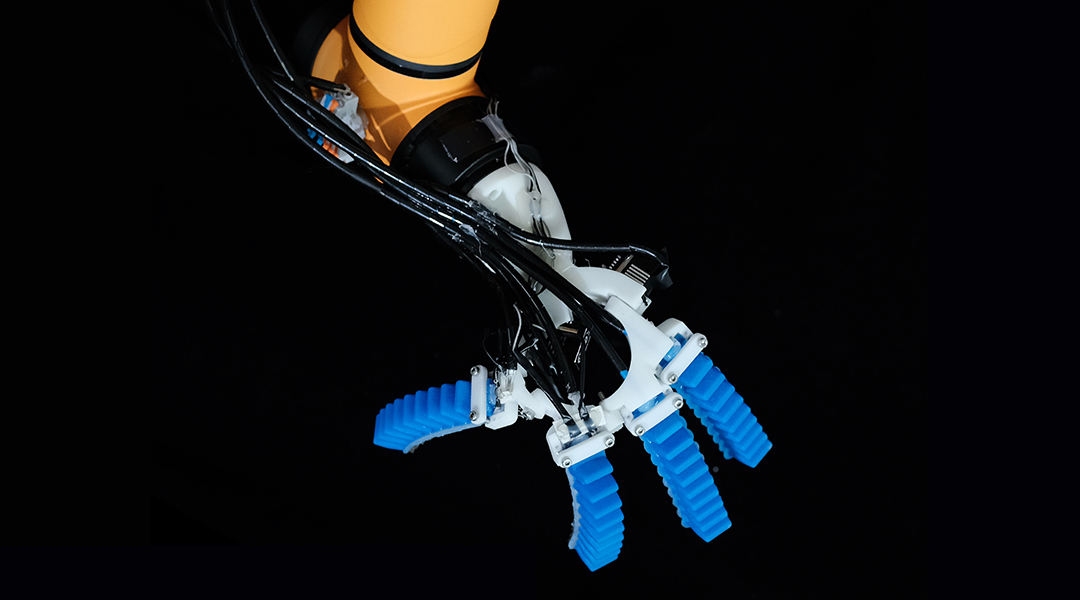

Groundbreaking soft sensors enable robots to both see and feel, paving the way for robots that can autonomously interact with and understand their environment.
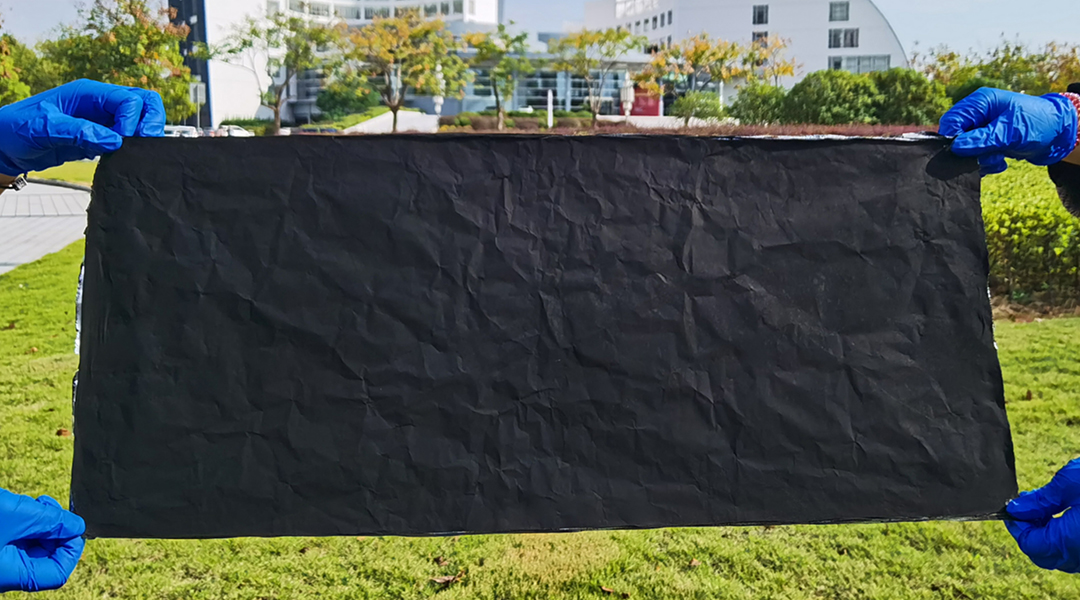
Researchers create a multi-layered electronic skin that mimics human skin with applications ranging from robotics to telehealth.

Microsystems engineer Can Dincer builds disposable devices to enable personalized medicine.
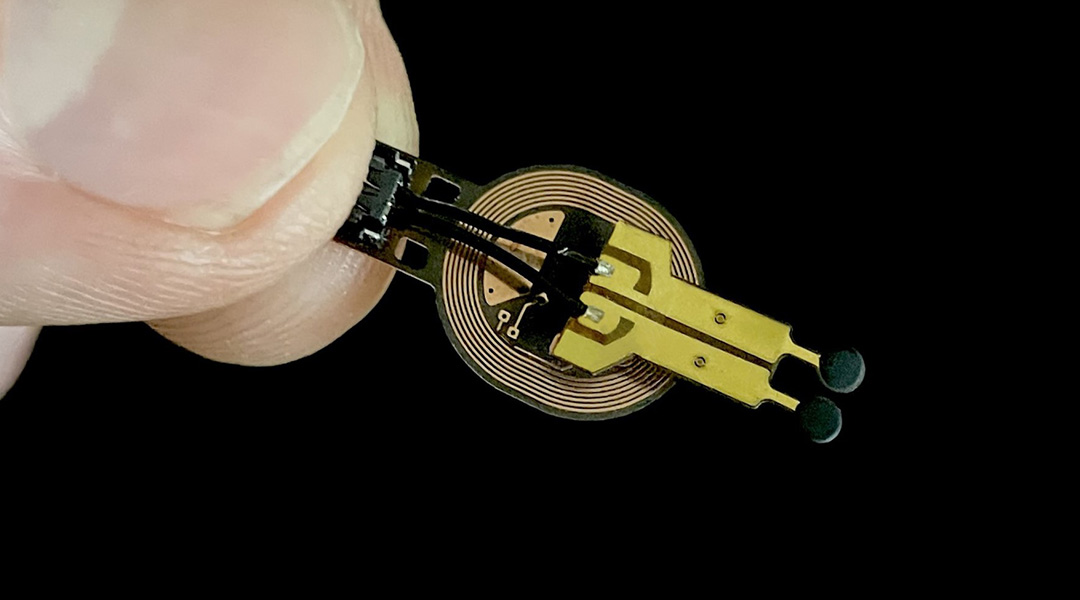
Scientists develop a sensor that predicts wound healing rate with more than 70% accuracy.
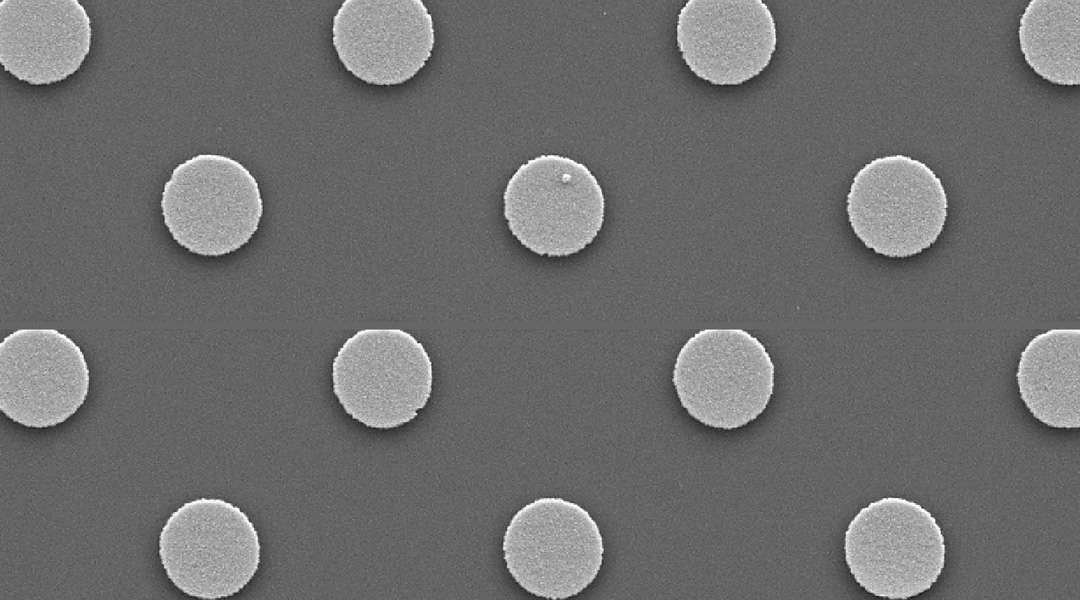
A membrane embedded with magnetic microdisks mechanically stimulates pancreatic cells to produce insulin, which could help treat diabetes.

A new device can detect Salmonella on individual products in real-time and with minimal need for laboratory equipment or specialized operators.

Not just pretty pictures: Borneo-based wildlife photographer and conservationist Chien Lee has a deeper message.

A soft, biodegradable actuator that could drive the motion of biodegradable robots and a future in symbiosis with human operators.
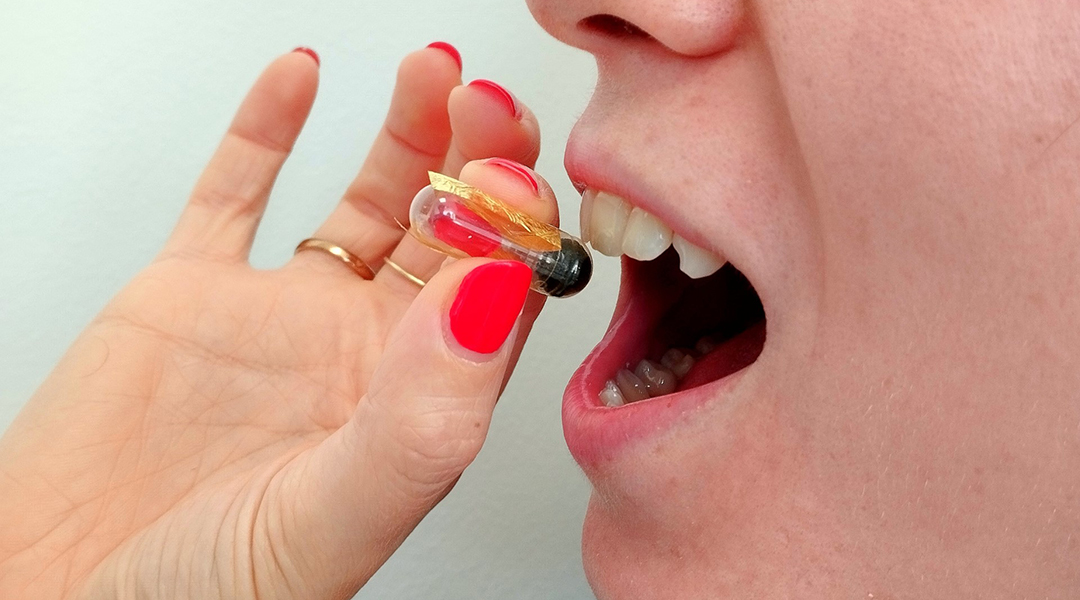
A partially edible robot based on a fully edible sensor addresses the burden of electronic waste while simultaneously acting as a nutrition source.
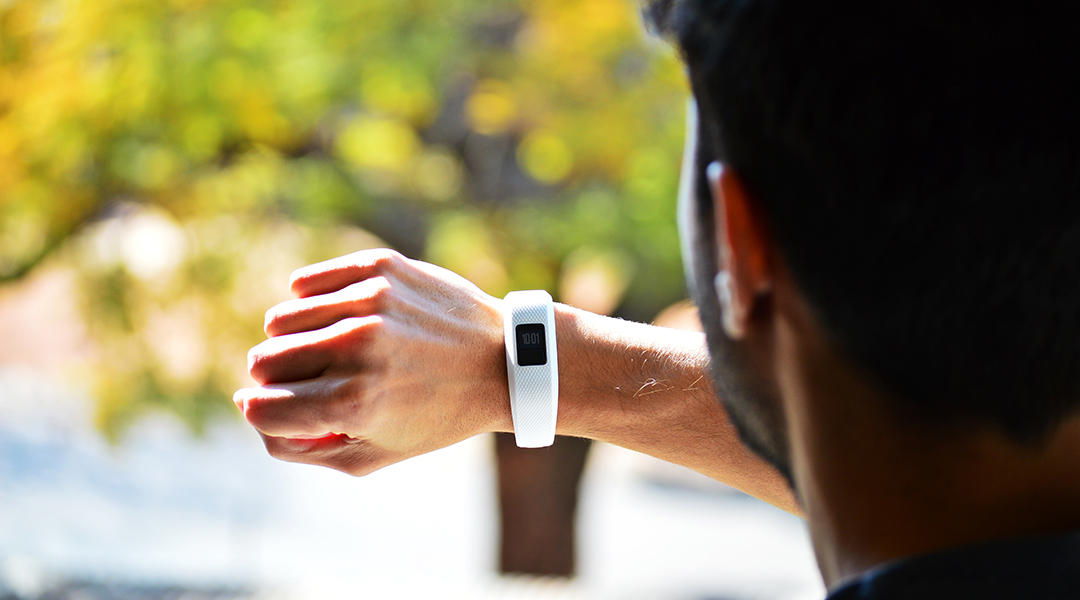
A battery-free wearable device wirelessly monitors health using body heat for continuous power.